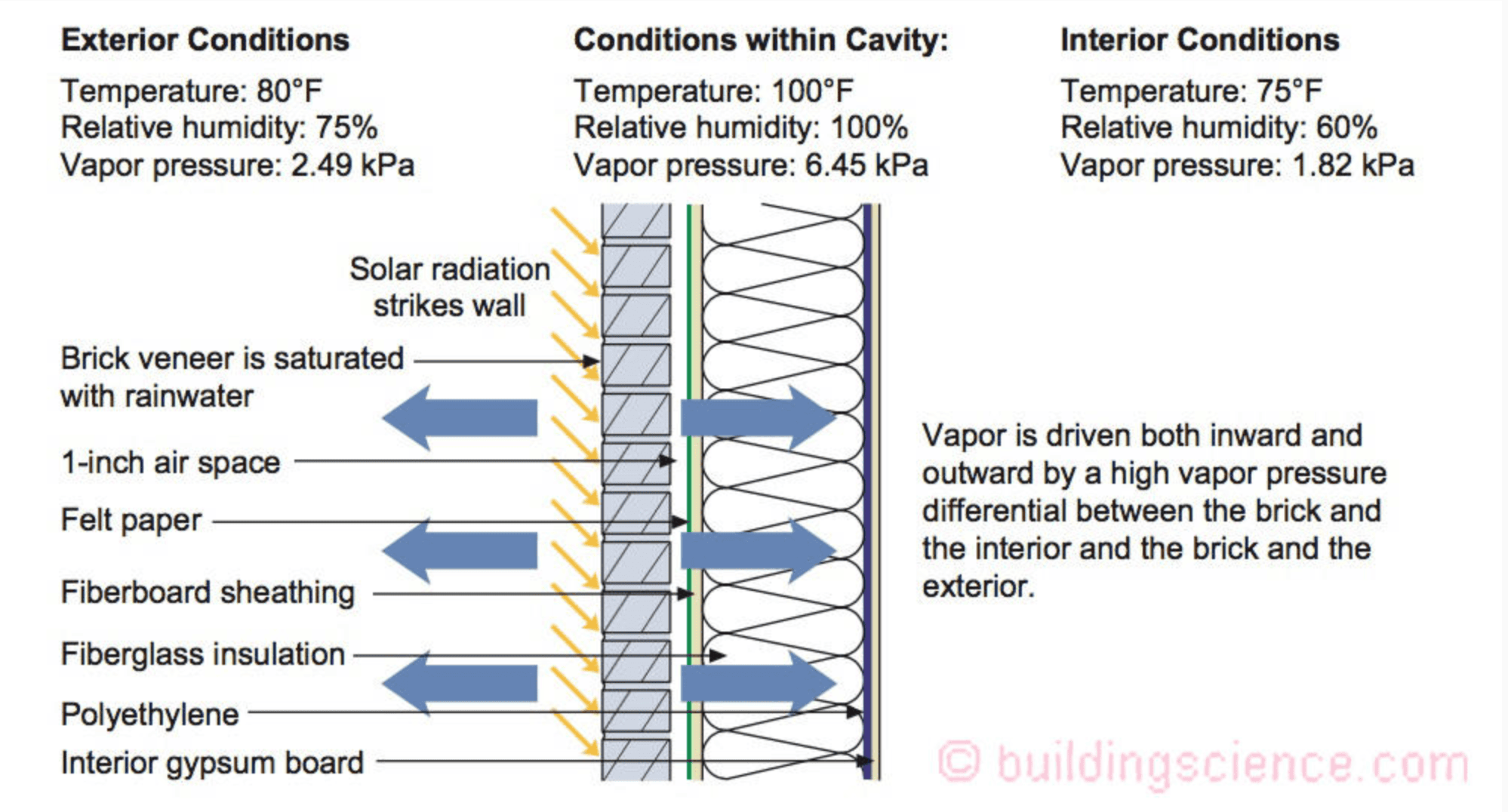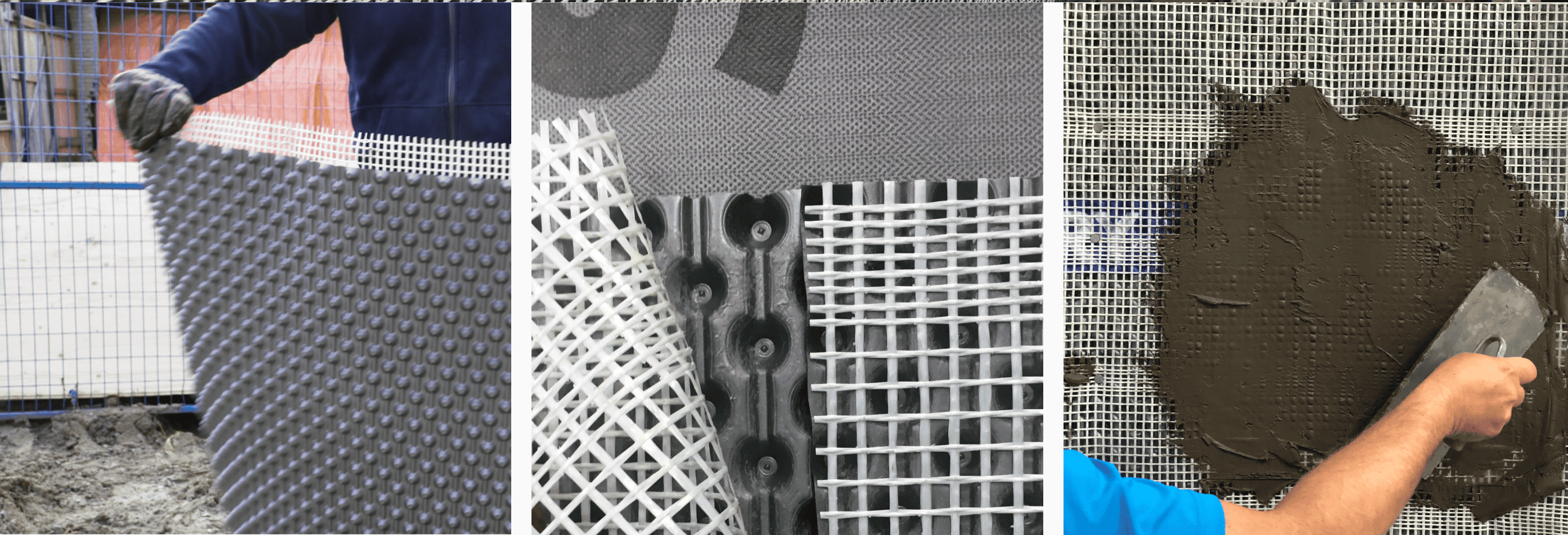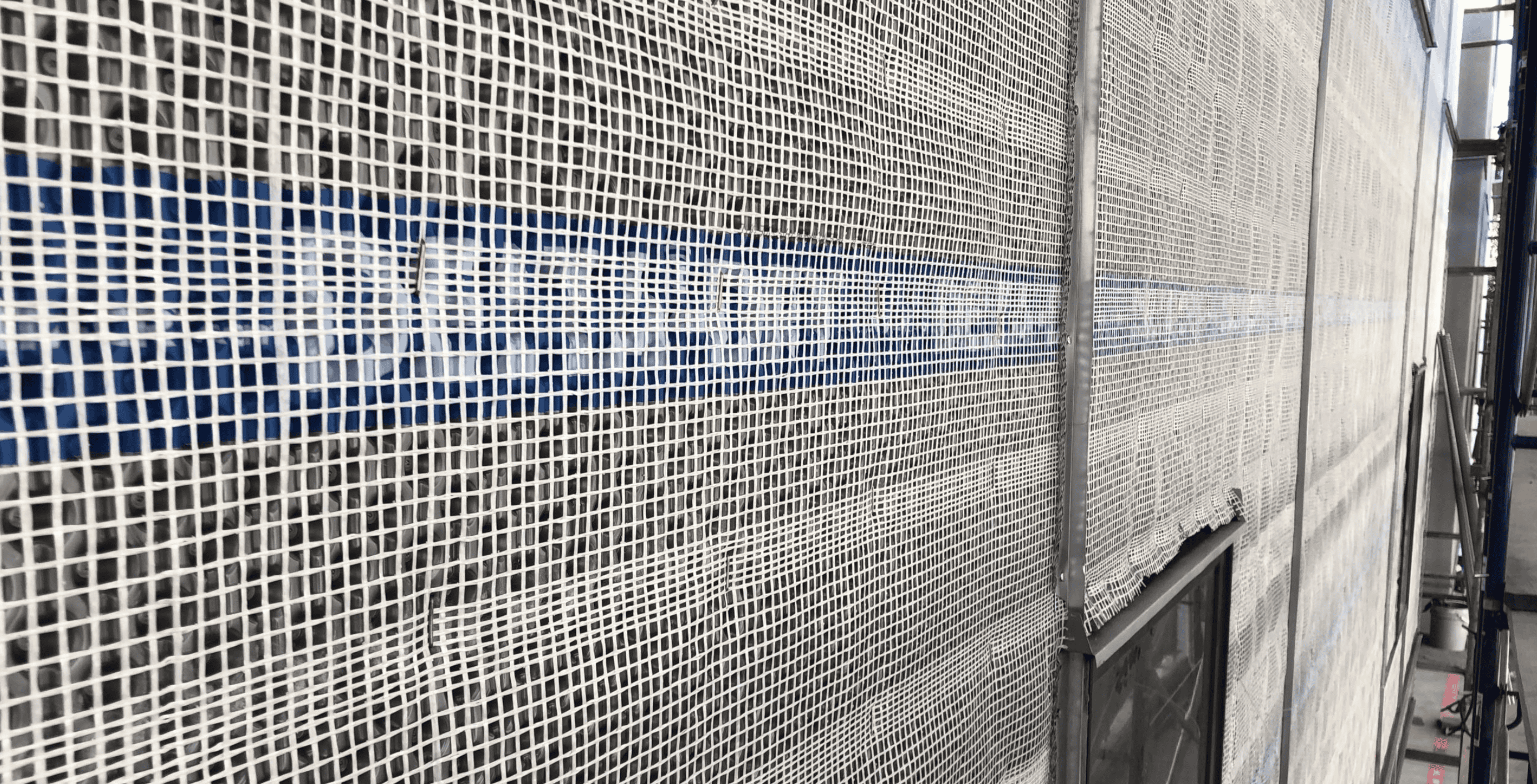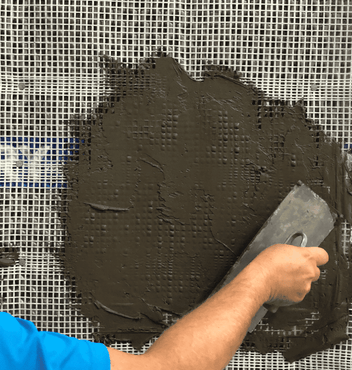Posted by Spycor Building on Aug 21st 2025

Moisture damage remains a top concern for builders, architects, and homeowners alike. Whether you're dealing with brick veneer, stone cladding, or stucco walls, the risk of inward vapor drive and trapped moisture can lead to mold, rot, and costly repairs. That's where DELTA®-DRY RainScreen from Dörken Systems comes in—a high-performance ventilated rainscreen designed to protect your wall assemblies. This innovative product, often referred to as Delta Dry from Dörken, creates a dual-chambered air gap that promotes drainage, ventilation, and drying, ensuring long-term durability for reservoir claddings like brick, stone, and stucco.
If you're searching for effective moisture management for brick walls or the best rainscreen for stucco, this guide will walk you through the problems, solutions, and step-by-step installation. By the end, you'll see why DELTA®-DRY is a game-changer for preventing moisture buildup and extending the life of your building envelope.
Understanding the Problem: Inward Vapor Drive and Reservoir Claddings

Reservoir claddings—such as brick, stone, and stucco—act like sponges, absorbing water during rain events and storing it until the sun heats it up. This process drives moisture inward through the wall assembly, a phenomenon known as inward vapor drive. In traditional setups, this can overwhelm materials like oriented strand board (OSB) or gypsum sheathing, leading to degradation, especially when combined with interior vapor barriers.
Historically, these claddings worked well over solid masonry walls that could handle wetness. But modern wall systems with insulated studs and sensitive sheathing are far more vulnerable. Without proper moisture control, issues like mold growth and structural damage become inevitable. For instance, manufactured stone veneer walls (sometimes called "lumpy stucco") face similar risks, where solar-driven moisture exacerbates the problem.
Key challenges include:
- Moisture buildup in brick veneer walls: Water vapor penetrates the air gap and housewrap, entering the cavity.
- Stucco and stone vulnerabilities: These absorptive materials can drive sufficient moisture inward to cause rot in wood-based sheathing.
- Lack of ventilation: Without airflow, trapped moisture can't escape, leading to condensation and long-term damage.
Why Choose DELTA®-DRY RainScreen for Moisture Protection?

DELTA®-DRY RainScreen from Dörken Systems is a dual-chambered, high-density polyethylene (HDPE) membrane that addresses these issues head-on. Unlike basic housewraps, it provides a ventilated air space on both sides, creating a complete capillary break behind the cladding. This allows for two-way drying: outward through ventilation and inward if needed, making it a true "flow-through" assembly.
Top Benefits of DELTA®-DRY RainScreen
- Superior Drainage and Ventilation: The unique dimple and groove design channels water away while allowing air circulation, preventing mold and rot in brick, stone, and stucco walls.
- Impedes Solar-Driven Moisture: Ideal for absorptive claddings, it stops heated vapor from pushing inward, protecting sensitive sheathing like OSB.
- Waterproof and Vapor-Permeable: Resists bulk water from rain or snow while letting interior vapor escape, minimizing condensation.
- Easy Integration: Installed outboard of the water-resistive barrier (WRB), it's compatible with various wall systems and doesn't require overlapping seams.
- Durability and Longevity: Made from stabilized HDPE, it's tear-resistant, UV-stable, and built to last, reducing maintenance costs over time.
- Variants for Specific Needs: Options like DELTA®-DRY & LATH for stucco (with integrated fiberglass lath) or DELTA®-DRY STUCCO & STONE with a pre-installed mortar screen make it versatile for manufactured stone veneer or stucco applications.
Compared to traditional methods, DELTA®-DRY offers better performance by uncoupling the reservoir cladding from the wall, allowing ventilation air to intercept and remove moisture.
DELTA®-DRY has been trusted in countless projects, from residential homes to commercial buildings. For example, in high-moisture areas, it has prevented damage in brick veneer walls by providing excellent drying potential. Builders report fewer callbacks related to mold or rot, and its compatibility with Passive House standards makes it ideal for energy-efficient designs.
In one case, a stucco retrofit project used DELTA®-DRY & LATH to eliminate metal lath hazards while enhancing moisture control, resulting in safer installation and longer-lasting walls.

FAQ: Common Questions About DELTA®-DRY RainScreen
What is DELTA®-DRY RainScreen?
DELTA®-DRY is a ventilated rainscreen from Dörken Systems that provides drainage, ventilation, and moisture protection for brick, stone, and stucco walls.
How does a ventilated rainscreen prevent moisture buildup?
It creates an air gap that allows water to drain and vapor to escape, impeding inward drive from solar-heated claddings.
Is DELTA®-DRY easy to install for stucco walls?
Yes, variants like DELTA®-DRY STUCCO & STONE include a mortar screen for quick, one-step application.
What are the benefits of using DELTA®-DRY for brick veneer?
It offers superior moisture management, preventing damage to sheathing and allowing two-way drying.
Can DELTA®-DRY be used with manufactured stone veneer?
Absolutely—it's designed for absorptive claddings, providing capillary breaks and ventilation.
Ready to Protect Your Walls? Take Action Now!
Don't let moisture damage compromise your project.
CLICK HERE to Invest in DELTA®-DRY RainScreen today for peace of mind and superior performance.


